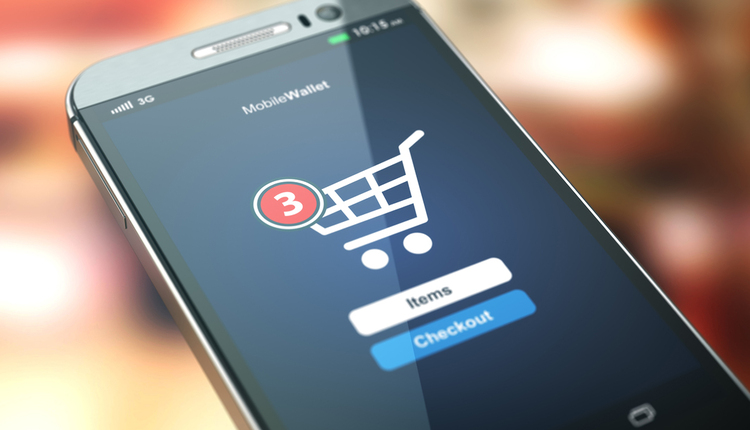This article originally appeared in the March/April issue of PARCEL.
As we all know, Uber has changed the taxi world with technology. They took a very stable business that relied on old technology (radio dispatch system) and made it easier for the consumer. This was also done by utilizing a very mobile and agile work force — independent people (drivers). They are now getting into the LTL and Truckload space. However, I believe their concept could change the landscape of the parcel delivery business in the near future.
Let’s take a look at what is happening in the e-commerce world. Amazon is on pace to handle more packages than FedEx and UPS combined. However, they are building a network that gets them closer to the consumer. The major retailers are building strategies to have the ability to ship from brick and mortar (a.k.a stores). This is a quantum shift in the retail industry and will start to move into the B2B world. This type of strategy will require all of them to have a mobile and flexible delivery network. It has taken UPS, FedEx, and the USPS over 100 years to build their networks, but they could all be looking at a very fierce enemy in the near future.
This new model will create new jobs for anyone with a vehicle and the time to do this type of work. As the shift from the traditional 8:00-5:00 delivery window changes, this new workforce will be able to make early morning deliveries, late night deliveries, holiday deliveries, Sunday deliveries, or whatever the consumer wants. This kind of network could be built with limited resources and a strong technology infrastructure (similar to Uber). The fastest growing part of the US economy is small businesses, and there are many independent drivers looking for work. There is some security risk that will come with this model, but you could argue that this was the same issue that Uber faced in the early days, and they have overcome this issue. I envision that these local delivery drivers will bid on specific delivery routes in this network. They will work in a very dense area to optimize their time and earning potential.
There are also hundreds of local courier companies in the US that could take advantage of this model, and we have already begun to see this. These are more structured organizations but they carry a larger overhead and may charge more than this new model.
Technology will be the driver of this new model… the question is: who is going to put it together first? The consumer is ready for this model, and it will be a game changer in the small package delivery arena.
Michael J. Ryan is the Executive Vice President at Preferred Parcel Solutions and has over 25 years of experience in the parcel industry. He can be reached at 708.224.1498 or michael.ryan@preferredship.com.













